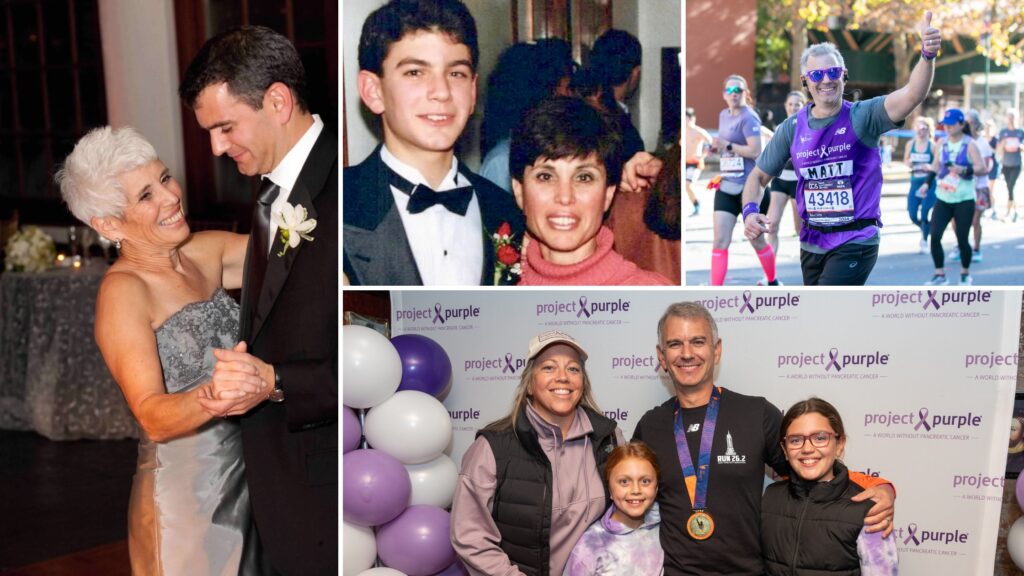After a horrific auto accident that left her body, mind and soul forever changed, Amanda Sullivan planned her suicide. She picked out a date and told herself if things weren’t better by then, she would follow through with her plans and take her own life. When the day arrived, however, Amanda decided to set another date three months in the future. She kept incrementally giving herself more time on this earth. While she was not ready to end her life, she also was not really living. Bedridden and damaged inside and out, Amanda realized she was just biding her time waiting for someone to come save her. When she finally figured out she needed to be her own hero, everything changed.
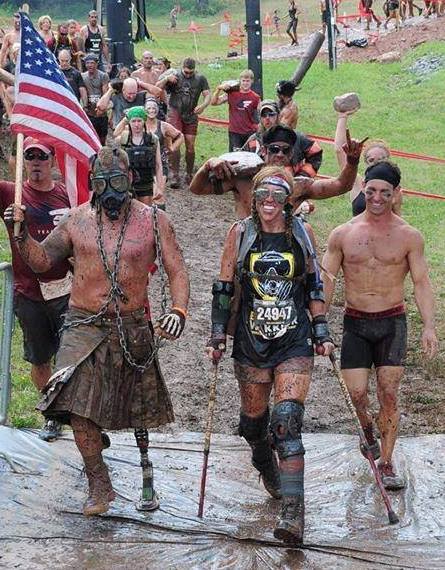
Amanda Sullivan: Childhood of Sports and Service
Amanda grew up in a big Irish Catholic family in Short Hills, New Jersey. A very athletic young woman, Amanda played field hockey, lacrosse, basketball and participated in a summer swim and tennis team. Amanda and her twin brother, Ryan, were never able to play on the same teams but that didn’t stop them from finding ways to challenge each other and make one another better. One of their favorite things to do was have basketball dribbling contests while they walked to school in the mornings.
The Sullivan family was not just athletic, however; they were also very civic-minded. Amanda’s mom, Marianna, was the president of the local Red Cross, so she instilled the value of community service in her children. Amanda was very involved in her church youth group. Her dad, Kevin, would visit orphanages and homeless shelters dressed as Santa Claus over the holiday season and the rest of the family would come serve food.
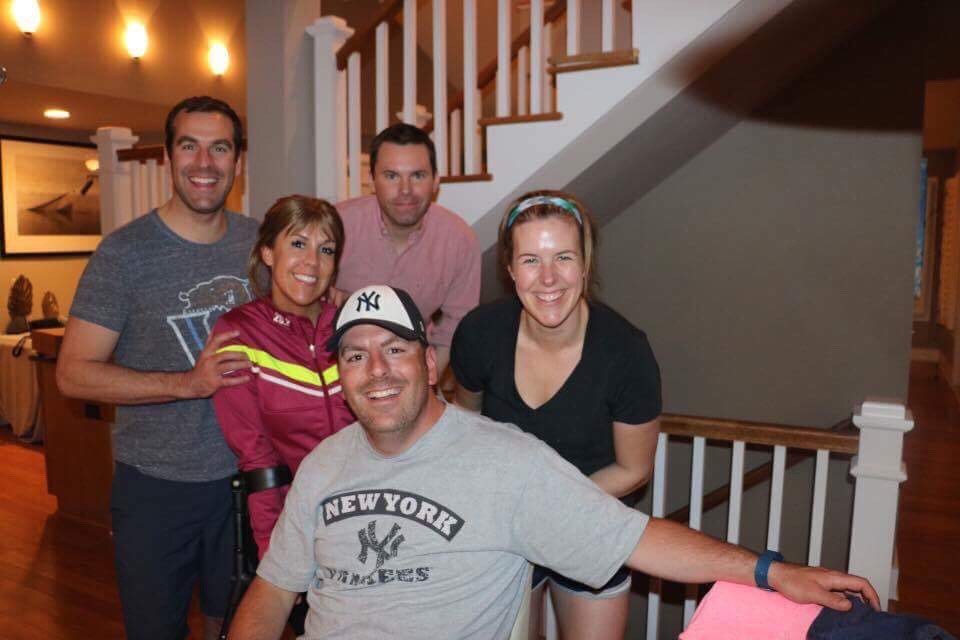
A Call to Service
After high school, Amanda attended Villanova University. Initially she was interested in pursuing social work or psychology, but a mission trip to Mexico during her sophomore year completely changed her life. She knew she wanted to work with the needy in developing countries. For ten years, Amanda worked primarily with victims of sex trafficking, orphans and refugees in disaster zones.
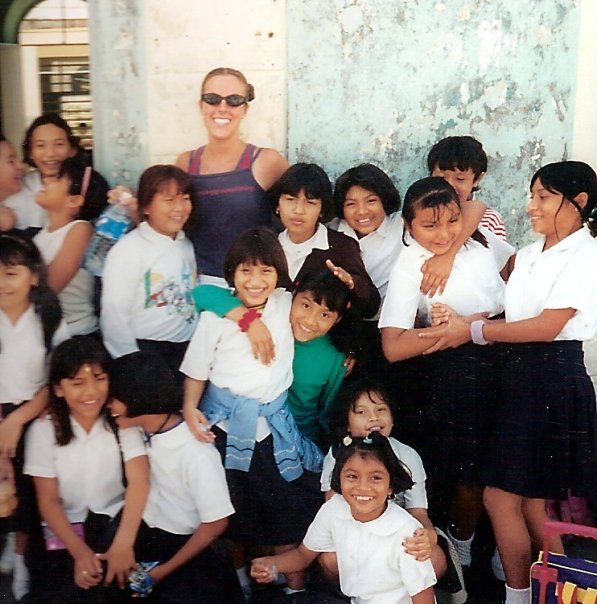
Life-Changing Accidents
In 2008, Amanda returned to the United States to celebrate Christmas with her family. She was planning to return to Mexico after the holidays to help open a new shelter when her life was forever changed. Amanda was in two car accidents in a six-week period. First, she was rear-ended by a driver who was speeding and texting. Then, as she walked to a Physical Therapy appointment to address problems from her first accident, she was struck by an elderly man who had lost control of his car.
The two accidents left Amanda injured literally from her head to her toes. She suffered a traumatic brain injury, spinal cord injuries, and an injury to her leg that was so catastrophic doctors recommended amputating it. Amanda remembers wondering why this horrific accident happened to her. “I have done so many good things for the world. Why did this happen to me?”
Recovery
Amanda spent the next couple of years primarily at home on bed rest. She needed a wheelchair to get around and she hated it. Feeling like her life and her identity had been taken from her, she contemplated suicide. And while she went so far as to set a date, she never followed through with her plans. In time, she realized nothing in her life would change if she did not start by changing her own mindset.
Amanda made herself a ‘hope board’. She wrote her dreams and goals for her future on Post It notes and put them on her ‘hope board’ to remind herself that life is worth living. She explains, “Not only was my body broken, my soul was also broken. But, that was something I could fix.” By putting her goals into words she could see, she gave herself something to work towards each day.
Basic Training
Amanda started going to a Wounded Warriors program at Walter Reed Hospital in Bethesda, MD. The program provided her with camaraderie and helped her build her strength and confidence. She had been afraid to go to a ‘regular able-bodied gym’, as she put it, because she feared being laughed at. When she finally ventured into one, she was uplifted by the support and encouragement she received. Everyone was kind, encouraging and eager to help.
As she continued to grow stronger, Amanda found acceptance and encouragement in the world of wheelchair sports. She participated in basketball, among other activities. But, she had an unfulfilled goal of completing a marathon on foot. She had cheered her dad on at the New York City Marathon years ago, and had put it on her ‘bucket list’. However, it was not until her mobility was taken away that she realized how badly she really wanted to achieve that goal. Her friends stepped in and set her on a path towards fulfilling that dream.
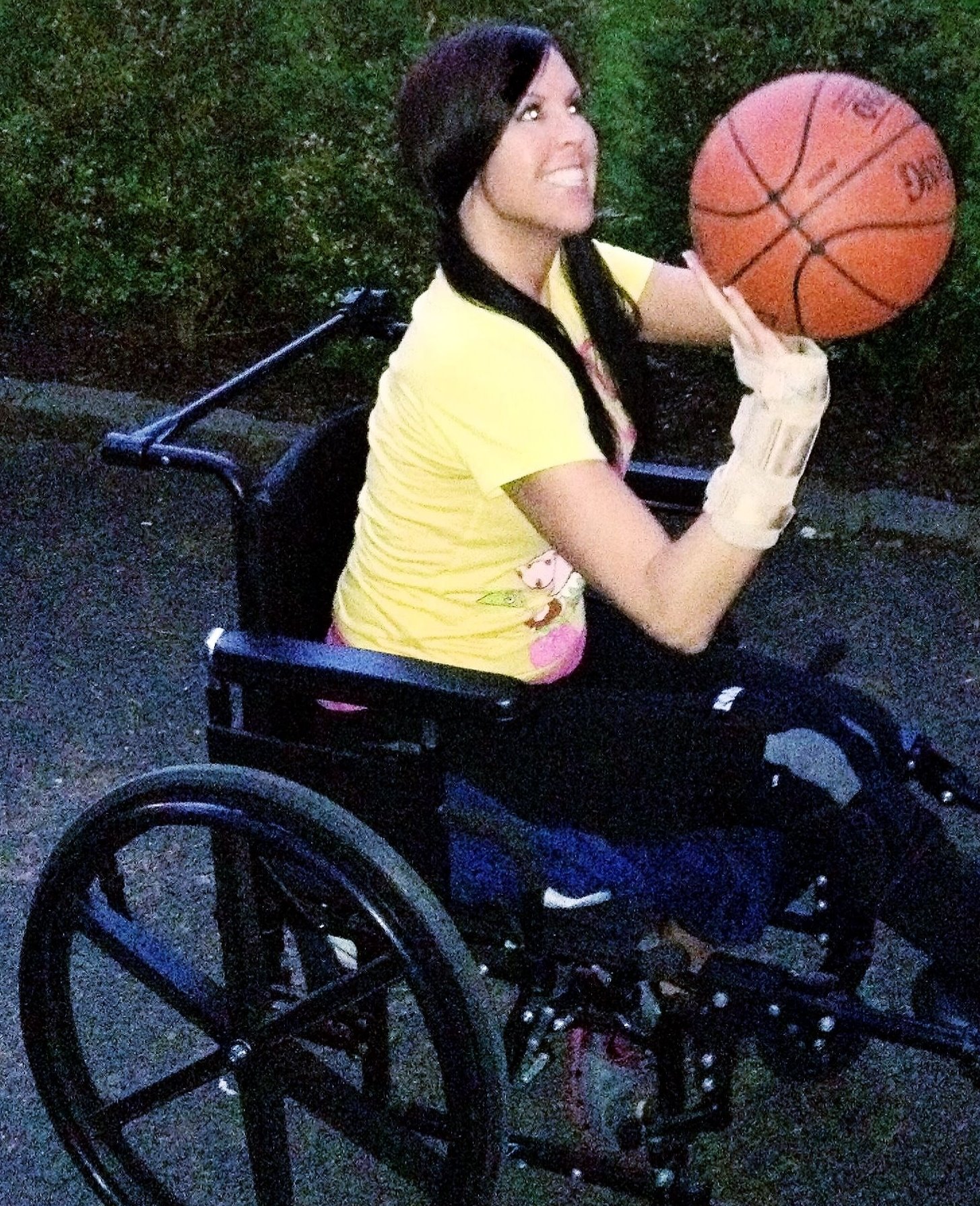
Amanda continued working out at Walter Reed and at her local gym. Eventually, she built up enough strength that she was able to put weight on her leg. Soon, one of the trainers came up with an idea of how to hold Amanda so she can take steps on a treadmill. After experiencing that success, Amanda knew nothing could stop her.
The First Step is the Hardest
Amanda’s buddies at Walter Reed encouraged her to try arm crutches, but she had become ‘comfortable’ and felt safe in her wheelchair. Though she was genuinely afraid of falling, she finally ordered the crutches. The day they came in the mail, her friends told her they had signed her up for a 5k race in New York City. They were all going to complete the 2012 ‘Tunnel to Towers’ 5k together.

Ultimately, it took Amanda over 8 hours to finish the 3.1 mile distance. There were over 100 adaptive athletes at the event, and Amanda felt it was the most positive thing she had ever experienced. “The environment was so uplifting,” she explains. “It felt like the old chapter of my life was instantly over as I crossed the starting line. It didn’t matter how long I had to go or how much pain I was in, or that no one was at the finish line when I crossed it. I felt like I won a Gold Medal.”
Back to Helping Others
After that first race experience, Amanda was hooked. She continued doing 5K races and eventually started getting teams of adaptive athletes together to do obstacle course races. Amanda explains, “I realized I could help other people who were going through pain. Everyone has pain in their lives. What matters is what you do with your pain. Are you going to use it to uplift other people or will you use it to bring other people down?”
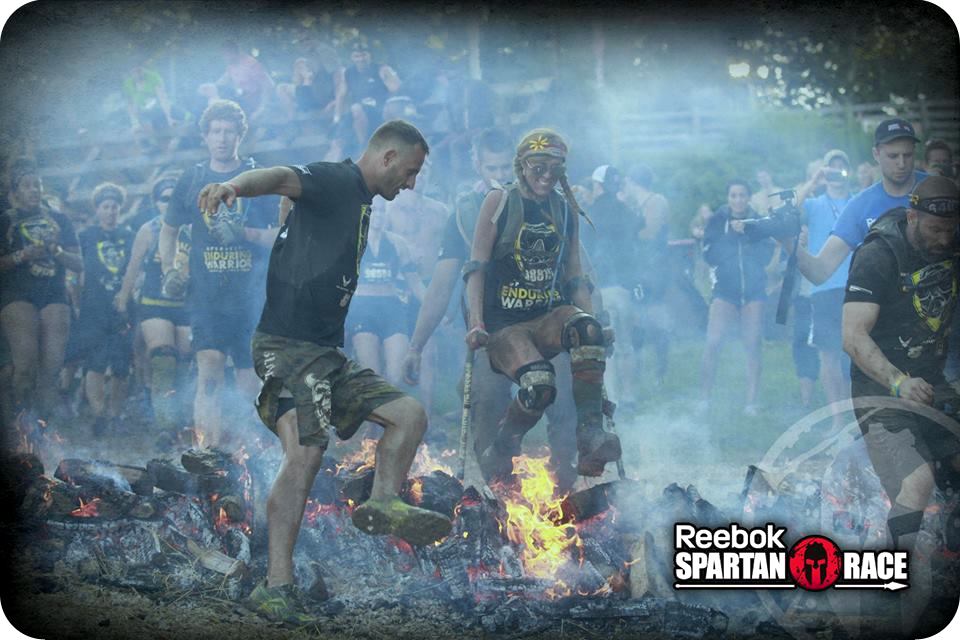
In 2014, Amanda realized her dream of completing a marathon at the Marine Corps Marathon in Washington, DC. She crutched the entire way and crossed the finish line in 7:15:55. Finishing a marathon is an incredible accomplishment for any athlete. Many people are ‘one and done’ on a race of 26.2 miles. But not Amanda. She has been training hard for the 2017 TCS New York City Marathon and she will be representing Project Purple.
On Thursday, look for part two of Amanda’s story and find out why she is crutching 26.2 miles to end pancreatic cancer. Amandas story is incredible and you do NOT want to miss it!
To make a donation to Amanda’s TCS New York City Marathon for Project Purple click HERE



